Nanotechnology is an area of science and engineering that deals with materials and devices on an incredibly small scale, typically at the nanometer level (one billionth of a meter). Over the years, researchers and engineers have made significant progress in harnessing the power of nanotechnology, resulting in the development of a wide range of innovative and revolutionary products. In this article, we will explore some of the remarkable nanotechnology products that are shaping various industries today. 1. Nanofabrication Techniques: Nanofabrication techniques have paved the way for manufacturing products at the molecular level. These techniques involve manipulating individual atoms or molecules to create structures with unique properties. This revolutionary approach has led to the development of superior electronics, photovoltaics, and medical devices. For example, nanofabricated transistors have greatly improved the performance of electronic devices, while nanoscale solar cells have enhanced the efficiency of solar energy generation.
.
 2. Nanomedicine: Nanotechnology has revolutionized the field of medicine, providing breakthroughs in drug delivery, diagnostics, and disease treatment. Nanoparticles can be designed to target specific cells or tissues, delivering drugs directly to the affected area while minimizing side effects. Additionally, nanosensors and nanoprobes enable accurate and rapid detection of diseases, while nanorobots show promise in precise surgical procedures. Examples of nanomedicine products include cancer-targeting nanoparticles, biosensors for disease detection, and biocompatible implants for tissue engineering. 3. Nanocomposites and Coatings: Nanocomposites are materials that incorporate nanoparticles into traditional materials, resulting in superior properties such as increased strength, durability, and conductivity. These materials have found applications in multiple industries, including aerospace, automotive, and construction.
2. Nanomedicine: Nanotechnology has revolutionized the field of medicine, providing breakthroughs in drug delivery, diagnostics, and disease treatment. Nanoparticles can be designed to target specific cells or tissues, delivering drugs directly to the affected area while minimizing side effects. Additionally, nanosensors and nanoprobes enable accurate and rapid detection of diseases, while nanorobots show promise in precise surgical procedures. Examples of nanomedicine products include cancer-targeting nanoparticles, biosensors for disease detection, and biocompatible implants for tissue engineering. 3. Nanocomposites and Coatings: Nanocomposites are materials that incorporate nanoparticles into traditional materials, resulting in superior properties such as increased strength, durability, and conductivity. These materials have found applications in multiple industries, including aerospace, automotive, and construction.
..
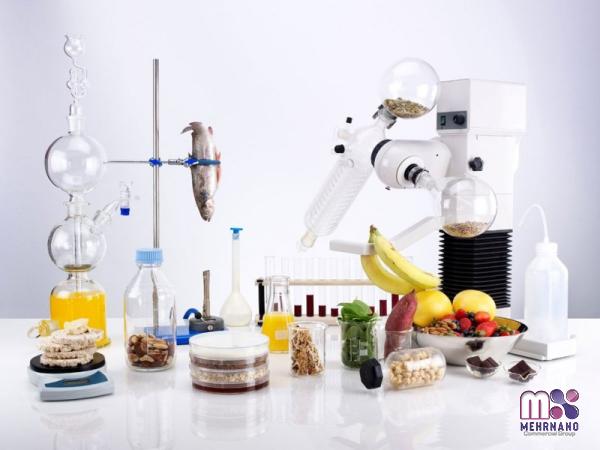 For instance, nanocomposite materials have significantly improved the fuel efficiency and safety of vehicles, and nanocoatings have enhanced resistance to corrosion and wear in various structures and surfaces. 4. Environmental Applications: Nanotechnology is also making significant contributions to eco-friendly innovations and sustainable solutions. Nanoparticles can be used to efficiently filter and purify water, remove pollutants from the environment, and enhance the efficiency of energy storage devices. For instance, nanocatalysts enable more effective and energy-efficient conversion of waste into valuable resources, and nanomembranes have revolutionized water desalination processes. These applications have the potential to address pressing global challenges such as pollution, water scarcity, and energy sustainability. 5. Consumer Products: Nanotechnology has permeated the consumer market with a plethora of products that offer enhanced functionality and improved performance.
For instance, nanocomposite materials have significantly improved the fuel efficiency and safety of vehicles, and nanocoatings have enhanced resistance to corrosion and wear in various structures and surfaces. 4. Environmental Applications: Nanotechnology is also making significant contributions to eco-friendly innovations and sustainable solutions. Nanoparticles can be used to efficiently filter and purify water, remove pollutants from the environment, and enhance the efficiency of energy storage devices. For instance, nanocatalysts enable more effective and energy-efficient conversion of waste into valuable resources, and nanomembranes have revolutionized water desalination processes. These applications have the potential to address pressing global challenges such as pollution, water scarcity, and energy sustainability. 5. Consumer Products: Nanotechnology has permeated the consumer market with a plethora of products that offer enhanced functionality and improved performance.
…
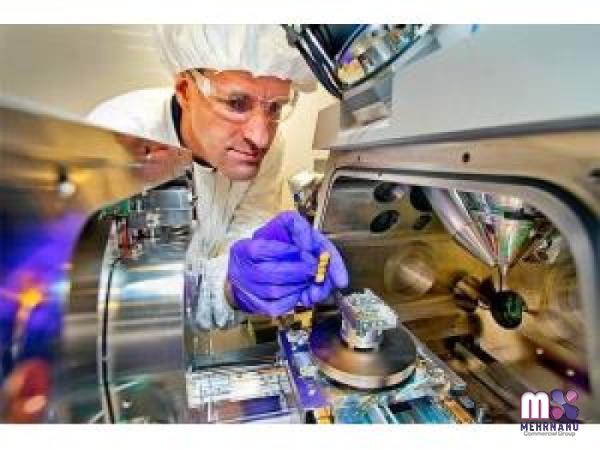 Examples include self-cleaning coatings for clothing and surfaces, anti-aging skincare products that penetrate deeper layers of the skin, and nano-enhanced electronics with faster computing capabilities. These consumer products demonstrate the potential of nanotechnology to enhance everyday life and provide innovative solutions to common challenges. Conclusion: The extensive nanotechnology products list presented above is just a glimpse of the groundbreaking developments in this field. As researchers continue to push the boundaries of nanoscale engineering, the potential for innovation and advancement in multiple industries remains vast. Embracing nanotechnology opens up exciting prospects for improved efficiency, sustainability, and quality in various sectors. It is crucial to both government bodies and businesses to invest in research and facilitate the commercialization of nanotechnology products to secure a prosperous and sustainable future.
Examples include self-cleaning coatings for clothing and surfaces, anti-aging skincare products that penetrate deeper layers of the skin, and nano-enhanced electronics with faster computing capabilities. These consumer products demonstrate the potential of nanotechnology to enhance everyday life and provide innovative solutions to common challenges. Conclusion: The extensive nanotechnology products list presented above is just a glimpse of the groundbreaking developments in this field. As researchers continue to push the boundaries of nanoscale engineering, the potential for innovation and advancement in multiple industries remains vast. Embracing nanotechnology opens up exciting prospects for improved efficiency, sustainability, and quality in various sectors. It is crucial to both government bodies and businesses to invest in research and facilitate the commercialization of nanotechnology products to secure a prosperous and sustainable future.

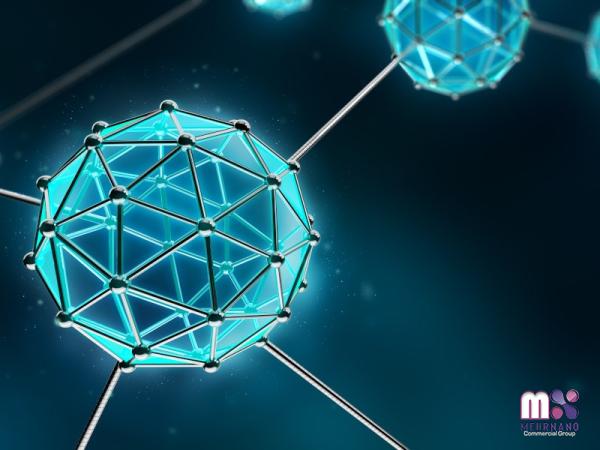
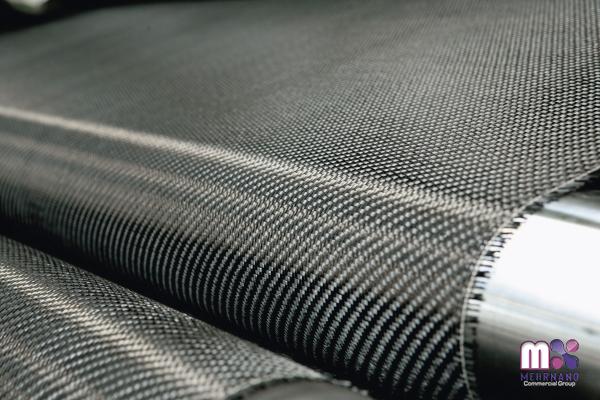





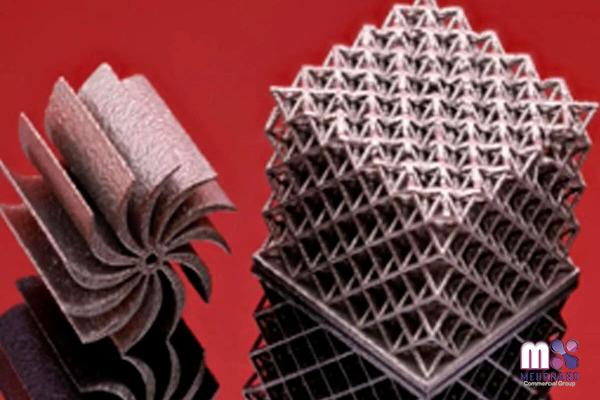
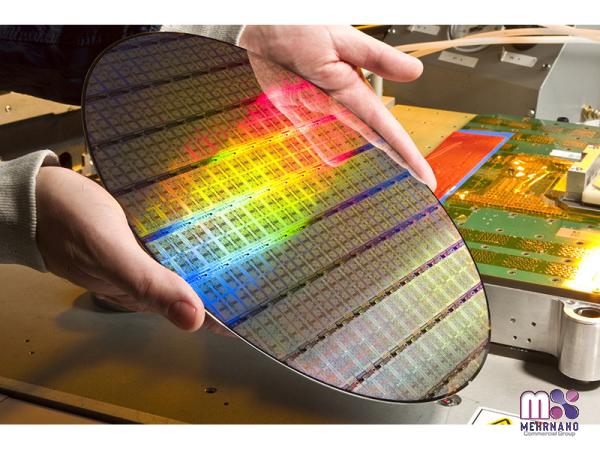

Your comment submitted.